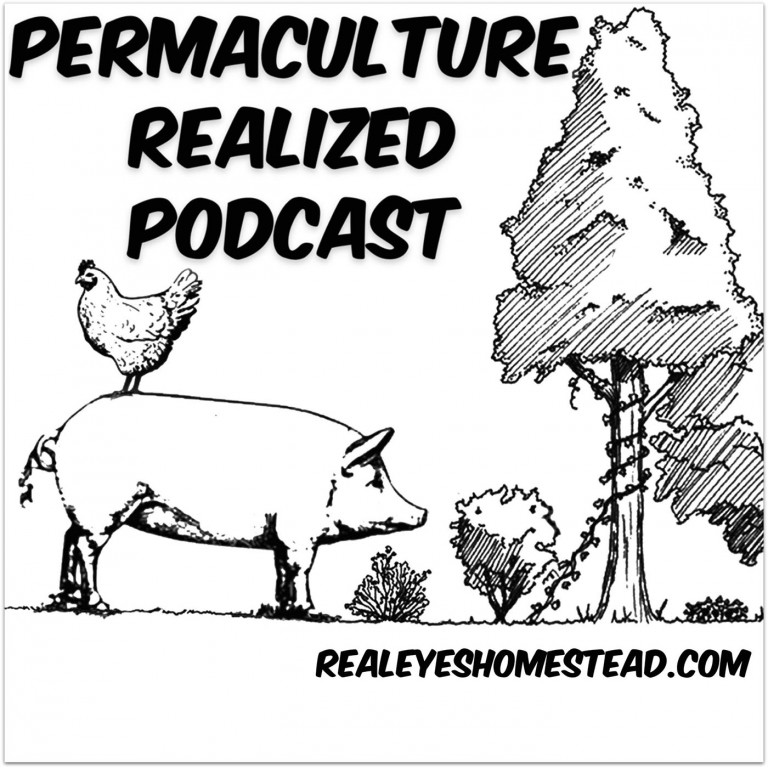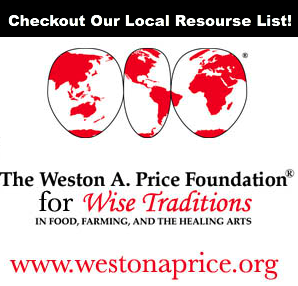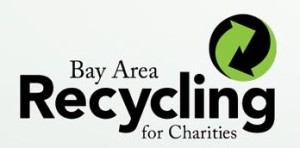Early on in my farming adventure, I sought to address global problems with local solutions on my land and in my personal life. It’s been a great experimental phase, and the journey of discovery in these home domains will never end. More recently, however, I’ve been realizing that these solutions usually hit limits and obstacles imposed by the external economic and cultural systems in which they reside.
For instance, the local/organic food movements have been a huge success, with growing awareness of the health benefits to humans and to the land and community, of local small-scale farms, and farmers markets. However, the growth of this movement seems to have hit a plateau; the lions share of food produced and consumed is still conventional/industrially produced.
As much as most people may wish they could afford local, ecologically-based foods all the time, the increasing trend of economic inequality is forcing more and more people to choose the foods that are the cheapest in pure dollar value. The price tag we see at the grocery store does not represent the true value of these two different types of food from a whole systems perspective. In conventional ag, many costs (to human and environmental health) are externalized and not accounted for in the companies balance sheets. In small-scale eco-based ag, many benefits are externalized and also not accounted for in dollars.
Simply having more local/small-scale farmers will not solve these issues. We need to address the underlying economic system driving this mis-valuation, so that the most economic choice is also the most socially and ecologically responsible choice. Only then will local foods go truly mainstream.
Therefore, it’s necessary and important to also be exploring and experimenting with new systems at larger scales, such as the neighborhood, town, city, state, national, and international scales. This document represents an outline of my research and inspirations towards a vision for these wider domains in which we’re embedded.
None of these is a perfect solution or silver bullet. Not all of them will be appropriate for each community. Look at this more like a menu at a restaurant. There are many ideas to try, some you might like and expand on, others might not be the best fit. Take what works for you, and leave what doesn’t. Part of the overall vision is moving away from a global monoculture, towards cultural pluralism. There is not a one-size-fits-all approach to any of this. As the Zapatistas say, we want to create a “world in which many worlds fit.”
(Inspired by the Permaculture Flower)
Food Systems
This domain of human culture represents our largest impact on the earth’s natural systems. We all need to eat every day, and that’s not a simple matter.
- Bio-intensive vegetable and grain production
- Holistic planned grazing/Mob grazing livestock
- Tree-based horticulture; agroforestry, silvopasture, forest gardening, forest farming etc
- Personal and Community Scale Seed Saving – locally adapted plant varieties
- Keyline water harvesting systems
- Integrated aquaculture
- Wild Foraging, Hunting, Fishing and Gleaning
- Biochar production and use
Community Governance and Land Tenure/Stewardship
This is how we organize in groups, make decisions, and coordinate and cooperate towards common goals together. It also ties to how we perceive, value, respect and share our living land base.
- Housing and Land Ownership Cooperatives, Ecovillages, and Intentional Communities
- Rights of Nature & Indigenous Peoples Rights
- Commons land, Common spaces, Common tools, Community centers
- Open-source knowledge, tools and technologies
- Consensus Decision Making, Holacracy, Direct Democracy
- CASE EXAMPLE: Better Reykjavik – Iceland’s online political participation platform
- CASE EXAMPLE: Participart Budgeting in Brazil
Building & Infrastructure
- Passive use of natural energy flows; Passive solar, Wind cooling, Earth-berming
- Natural and Local Building materials
- Wise water management; Rainwater Harvesting, Graywater reuse, Retention and Infiltration Basins, not storm drains
- Resistant to local natural disasters; wildfires, hurricanes, floods, earthquakes etc
- Owner-building rights (Example: Log Cabin Rule in Indiana)
- Mixed-use, and mixed-density developments
- Site Repair – Leave ecosystems intact. Build on degraded/polluted sites and improve/restore them
- Smaller house sizes, and higher occupancy rates (multi-generational households as is common in Middle Eastern countries)
- On-site/distributed production, and recycling of resources and outputs (“wastes”)
- Support for small/local builders/developers (Unleash the Swarm: E-book on Reviving Small-Scale Development)
Tools & Technologies
- Appropriate technology
- Open-source technology
- Reuse and creative recycling
- Hand tools
- Human-scale
- Bicycles, Carts
- Efficient wood stoves
- Biogas from organic “wastes” for cooking
- District heating and cooling systems (One central systems feeds multiple buildings nearby)
- Micro-hydro and small-scale wind
- Grid-tied renewable power generation (Transitional)
- Cradle to Cradle Design (no planned obsolescence)
- Right-to-repair
Education & Arts
- Home school groups
- Apprenticeship models
- Local artists & musicians
- Critical thinking skills
- Pursuit of curiosity and application of scientific method/thinking
Finances and Economics
- Local and regional currencies
- Gift economies and barter
- Carpooling, ride-share
- Ethical investment and Fair-trade
- Farmers markets & Community Supported Agriculture (CSA)
- Eight forms of capital
Health and Spiritual Wellbeing
- Holistic nutrition and medicine
- Lifelong play/sports & physical activity
- Personal contemplation and development/growth
- Dialectical Behavior Therapy
- Journaling
- Respectful use of psychedelics
- Relationship/inter-being with land and life/nature




